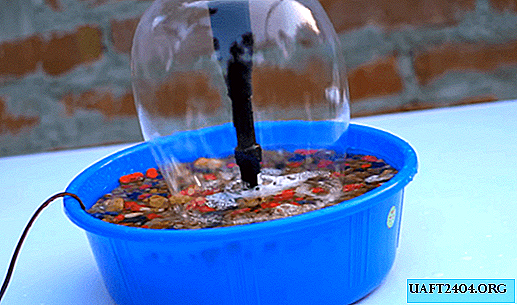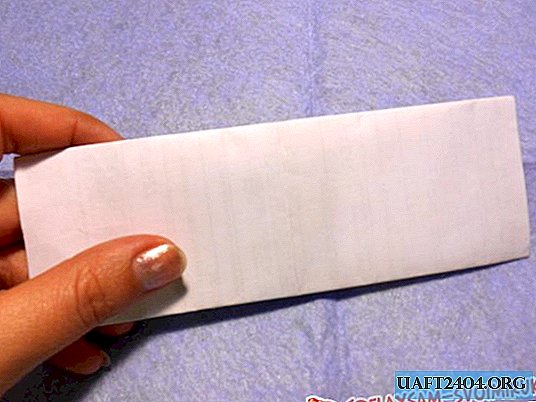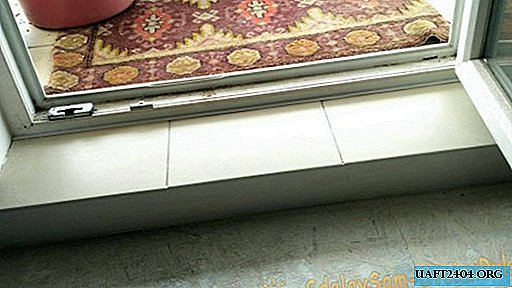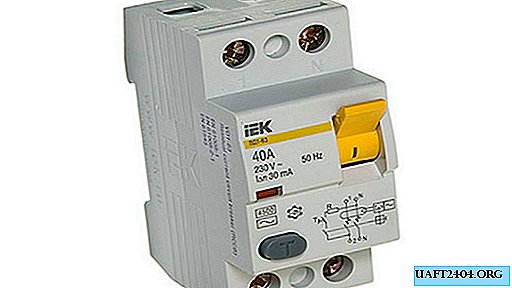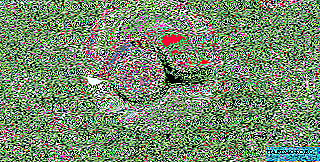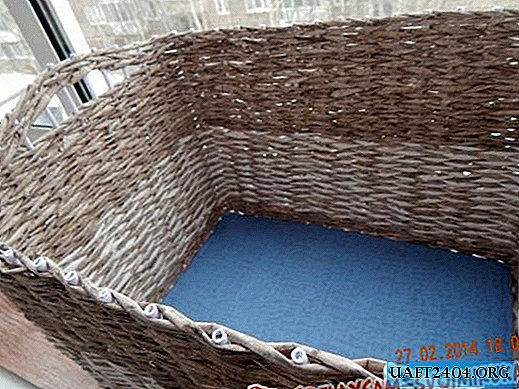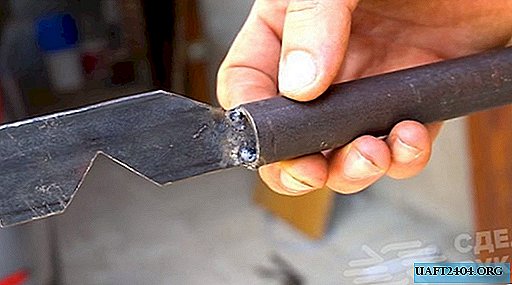Share
Pin
Tweet
Send
Share
Send
Materials for work:
• Glass jar with a capacity of 3 liters - 2 pcs.;
• Tea saucer - 1 pc.;
• Plastic container from preserves - 1 pc.;
• Silicone sealant - 1 cylinder;
• PVA glue liquid (construction) - 1 liter;
• Alabaster building - 4 tbsp;
• Potato starch - 100 gr.;
• Egg grids - 4 pcs.;
• Vegetable oil - 1 tbsp;
• Vaseline - 1 tbsp;
• Three-layer napkins - 2 pcs.;
• Plasticine - 1 box;
• Old tube from PVA glue with a narrow nose - 1 pc.;
• Liquid nails glue, white and gold paints, blush, eyeshadow, face powder, brush, colorless acrylic varnish, water.
Stages of the work:
The first stage: we form the basis.
We turn one jar with the neck down and glue the "tea saucer" turned upside down with "liquid nails" to it.
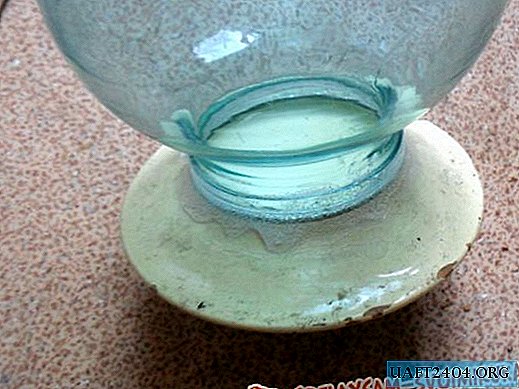
To the bottom of the same can, we glue the bottom of the second can.

We cut the bottom from the canister container. The inverted container is glued to the neck of the second can.

Leave the base to dry for 1 day.

Second stage: we give the vase the outlines of the vessel.
Egg lattice finely plucked.

Fill with water so that the whole torn mass is immersed in it. Leave for the night.

Wet lattices wring out.

Large pieces are tearing. Fill the entire mass with PVA glue.

Carefully, until a homogeneous slurry is obtained, mix the soaked lattices.

We fill with egg mass the space between the neck of the jar and the container.

Over the entire surface of the cans, we impose a thin layer of egg mass.

Dry the base for 2 days.

We paint in white.

The third stage: we apply a three-dimensional drawing.
We print the stencil you like.

We make cuts along the contours, cut out the necessary moments.


The pattern is placed on the vessel in a checkerboard pattern in a straight and inverted form (2 times at the top, 2 times at the bottom; top and bottom facing each other).


With a pencil we draw voids and cuts.


We squeeze silicone sealant into an empty tube from PVA.

We put on a tube a sharp nose and squeeze the sealant along the contour of the picture.

If necessary, make an adjustment with a toothpick.


Dry sealant 1 day.

Using superficial movements with a large brush we apply toning on the drawing with blush.


The fourth stage: we make a silicone mold.
Mix potato starch and silicone sealant.


Knead thoroughly until a doughy mass is obtained.

The surface of the blank of the figure (in this case, the magnet) is heavily smeared with Vaseline.

In the flattened dough, we press the workpiece face down.


Gently prying with a knife, remove the workpiece.

Fifth stage: cast the figures.
We lubricate the inside of the silicone mold with vegetable oil (pour it in, then turn the mold over and pour the oil).

Pour a tablespoon of alabaster (or gypsum) into the container.

Pour a spoonful of water there, mix. If the solution is thick, add water.

We fill the silicone form with alabaster solution.


We leave the solution to harden (you can check readiness by pressing the nail on the figure - the trace should not remain on the surface). Pry the figure with a knife and take it out of shape.

We repeat the preparation of the solution and pouring another 3 times.

Sixth stage: painting angels.
Paint the blanks with white gouache.

The bodies of angels are matted with face powder.

Dye your hair.

We draw sponges.

Pen draw eyelids and eyebrows.

With white gouache, close the extra layer of powder (next to the bodies of the angels).

We draw wings in gold.

We put "liquid nails" on the back surface of the figures and glue them on the vase.


Seventh stage: we make roses.
Knead plasticine, lay on a hard surface with a thin plate, cut into squares. In each box we make cuts in a circle from the center.


Gently prying off the central center, twist the spiral, moving from the center to the edge. We bend the square corners like large leaves.


We paint roses in white.

Blush tint them in the color of the volumetric pattern.

On the edges we apply gilding.

"Liquid nails" we attach roses to a vase.



The eighth stage: decoupage.
"Gold" draw a border on the upper and lower edges of the vase. Paint the upper inner edge.


Separate three-layer napkins, cut out the necessary moments.

We put the clippings on cellophane face down. Spray them with water.

We twist the motive with tweezers and put face up on the gluing place chosen on the vase.

We carefully apply PVA over the picture, trying to wet the tenderloin and smooth its edges.


Decoupage the whole vase.



Ninth stage: final touches.
Eyeshadow gently tinted along the contour of the occupied places of the vase.




We apply a gilded accent to the volumetric figure.

The remaining white gaps of the vase are matted with gilding, rubbing fuzzy strokes.

Varnish the entire surface of the vase, carefully applying layers on and under the roses.


It turns out here is such a wonderful high floor vase. Toning and decoupage motifs directly depend on the subsequent place of installation of the vase, so there may be another color you need.
Share
Pin
Tweet
Send
Share
Send

